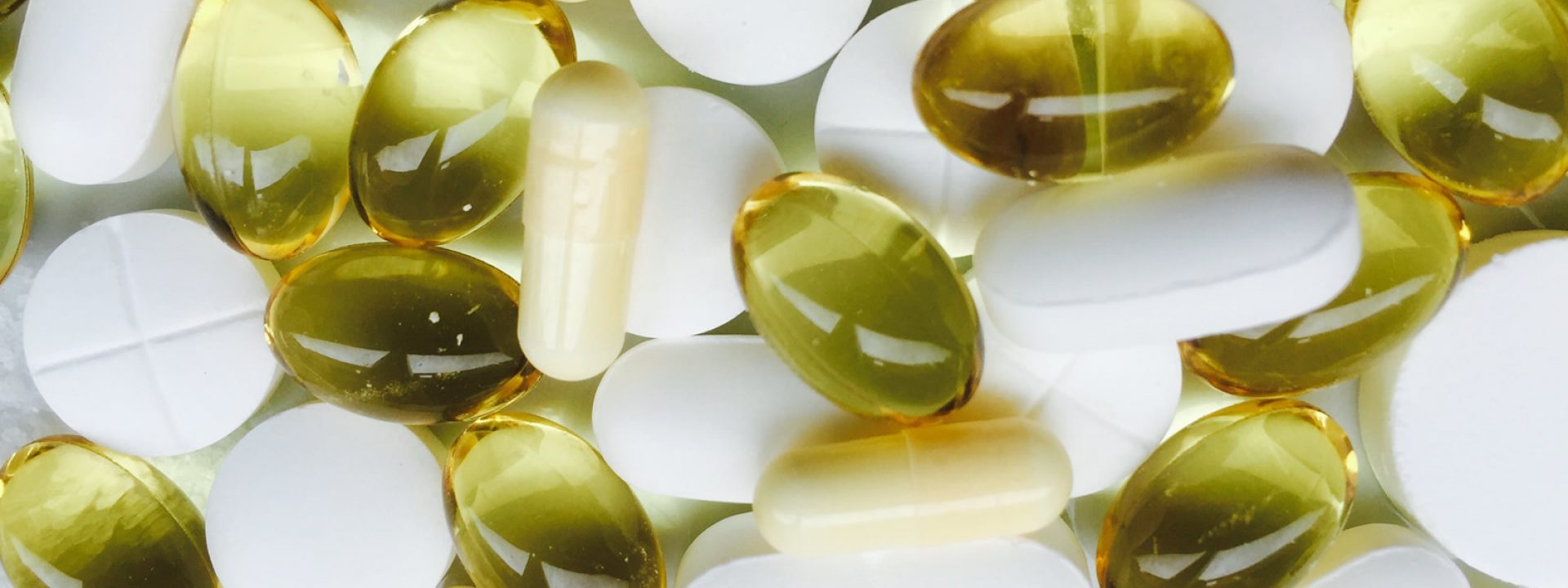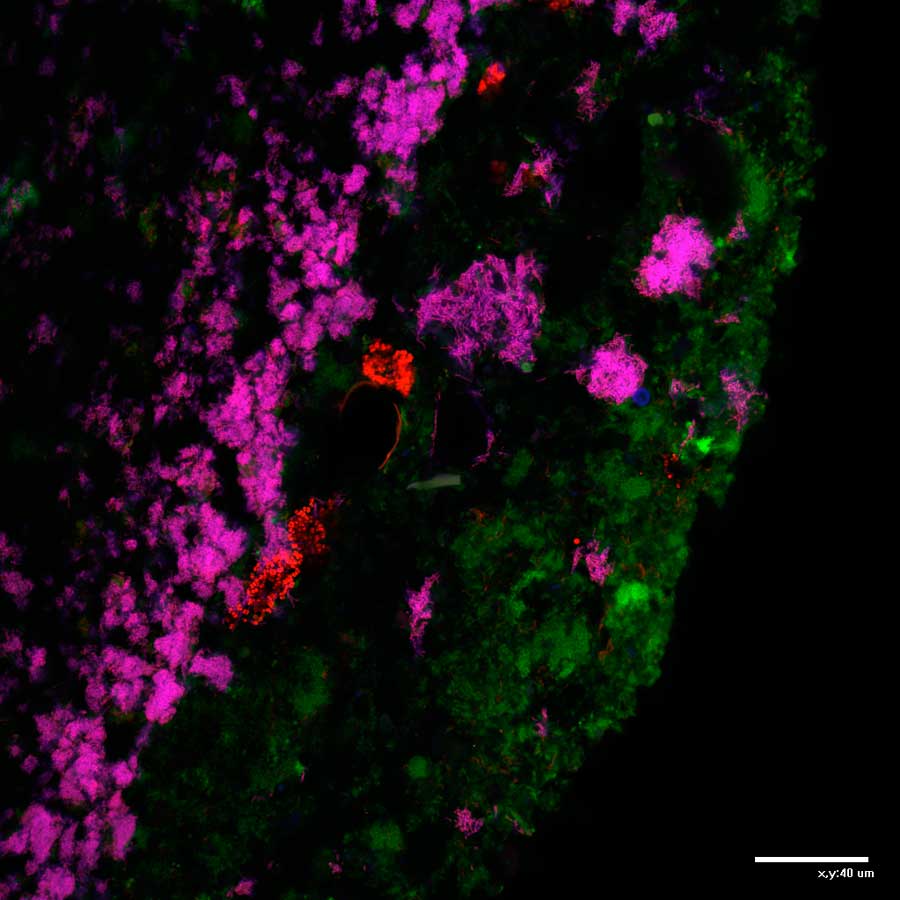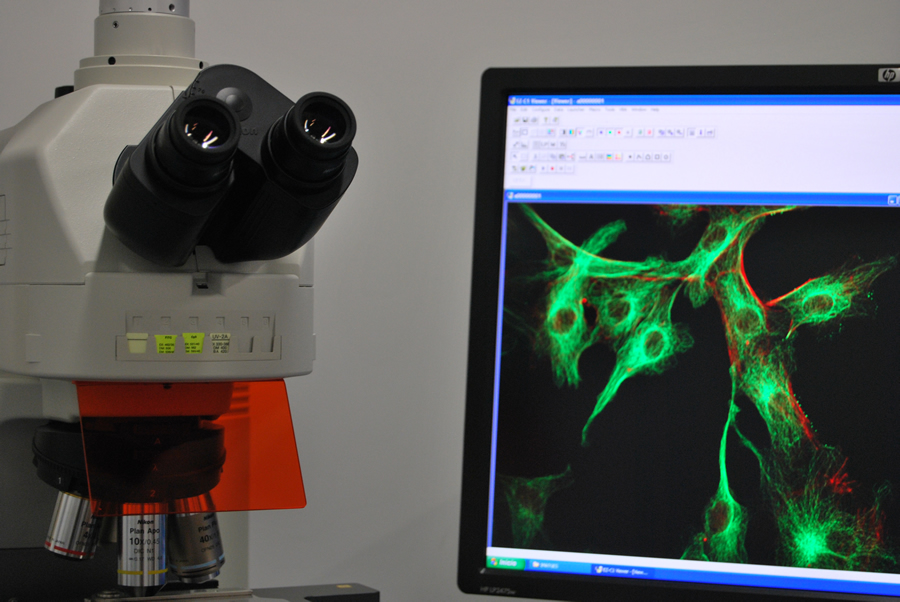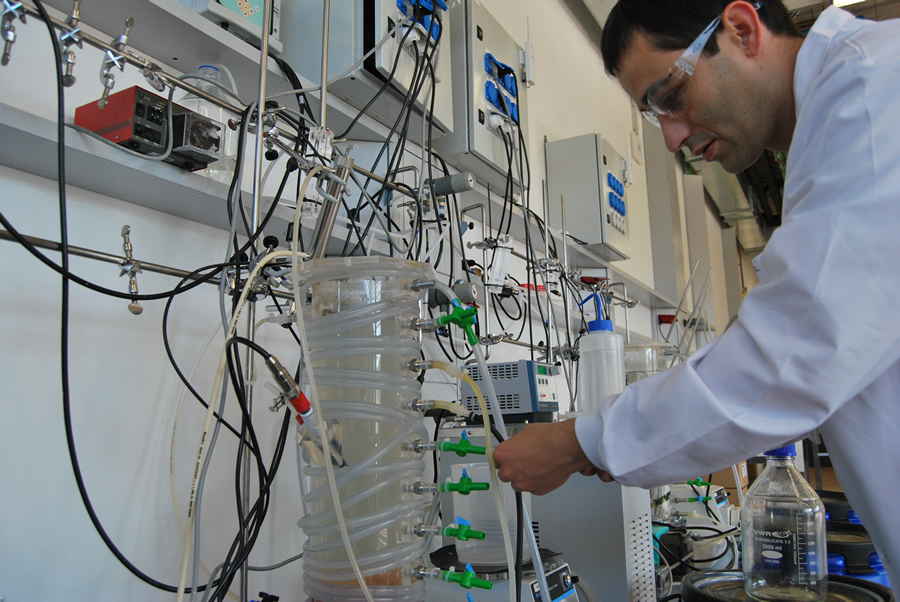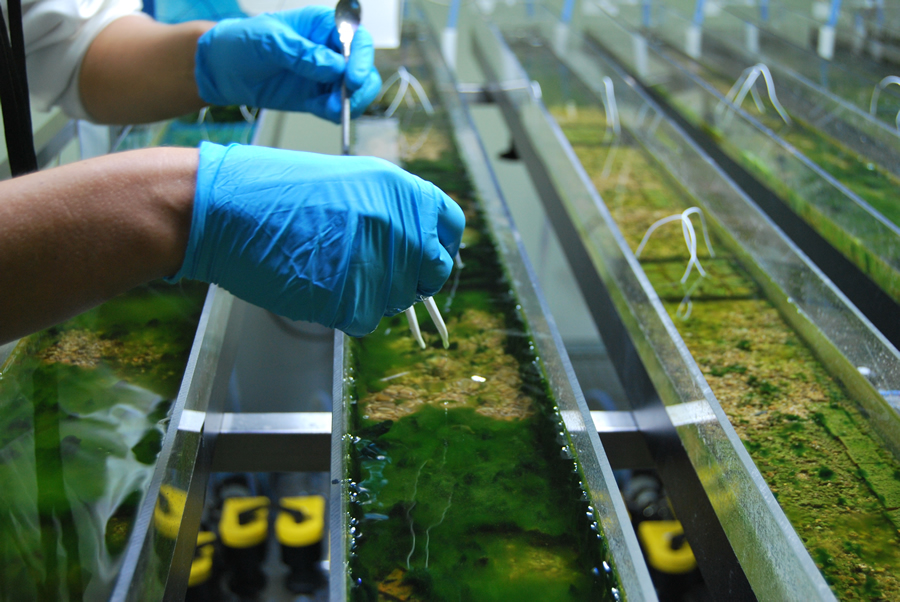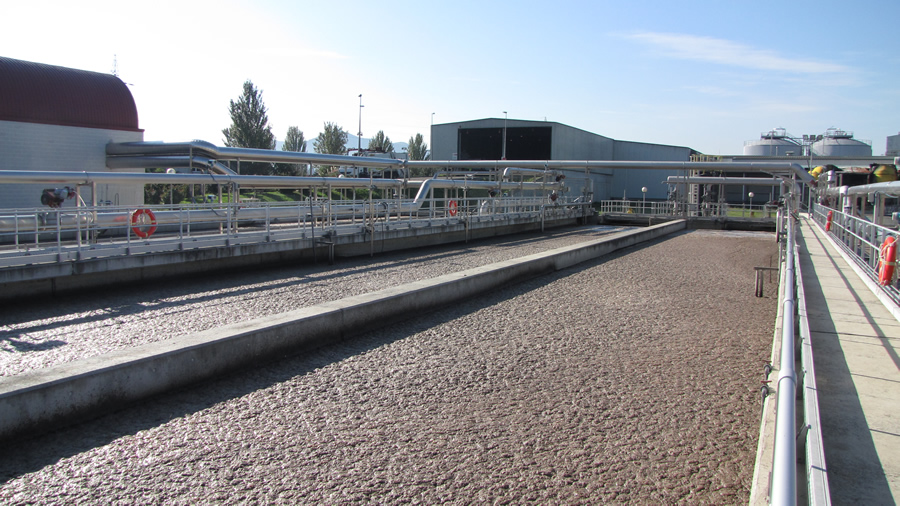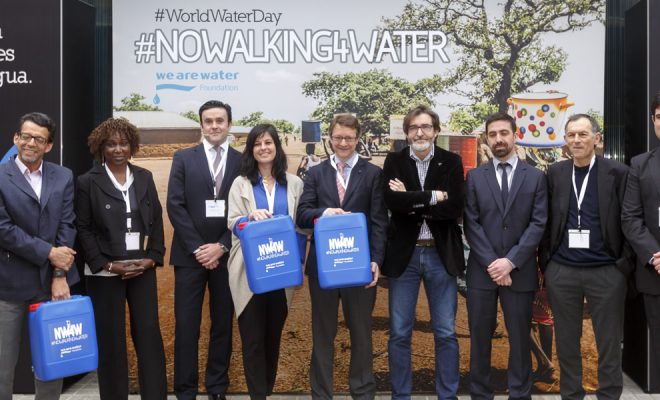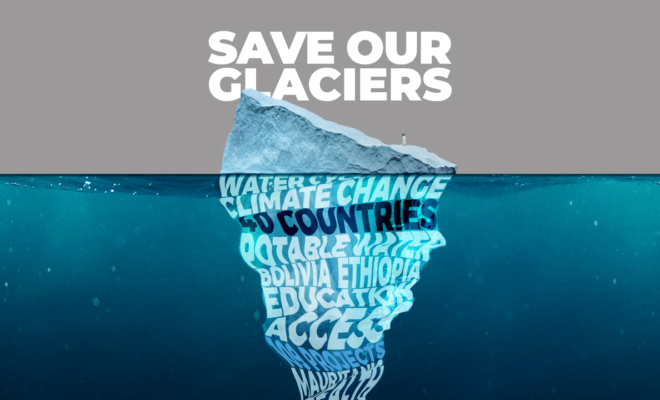We spend our entire day pouring a wide range of pollutants down the drains of our homes.
Until a couple of decades ago we were aware of those we thought of as biodegradable or more or less controlled.
But nowadays a disturbing reality has come up: there are many more pollutants in the water than we thought, they are not biodegradable and each day we detect some more. The bad news is that most of them are contained in basic consumables in our homes and they are difficult to eliminate or we still do not know how to do it; the good news is that it is in our power to reduce them and in many cases, to eliminate them. The water treatment plants cannot fight them.
The aim of sanitation in cities is simple: to return water to nature in the same state as we take it without having to give it a second thought. It is so simple and we are so used to it that we often forget that the infrastructure that makes the disappearance of wastewater possible is complex and costly. This precious system, without which we would not be able to live as we do, is becoming powerless to eliminate a large number of new pollutants present in our lives, which many times, unconsciously, we pour into the water. These are the emerging pollutants, one of the most serious issues affecting water and in consequence, the entire planet.
Damià Barceló, director of the Catalan Institute for Water Research (Instituto Catalán de Investigación del Agua), and one of the scientists that follows more closely the water pollution in Spain, defines them briefly and clearly: “An emerging pollutant is a pollutant prior to legislation.” That is, a pollutant whose presence and harmful effects have been detected recently and on which the Administration has not implemented any restrictive measures yet. Why? Simply because the scientists have not been able to determine exactly the level of harmfulness for the environment and for people and because the technologies and, above all, the budgets needed for the treatment plants to eliminate them with reasonable assurance have not been defined clearly. The emerging pollutants are the ones that demand all the action from the science of water, and the ones that will generate more news.
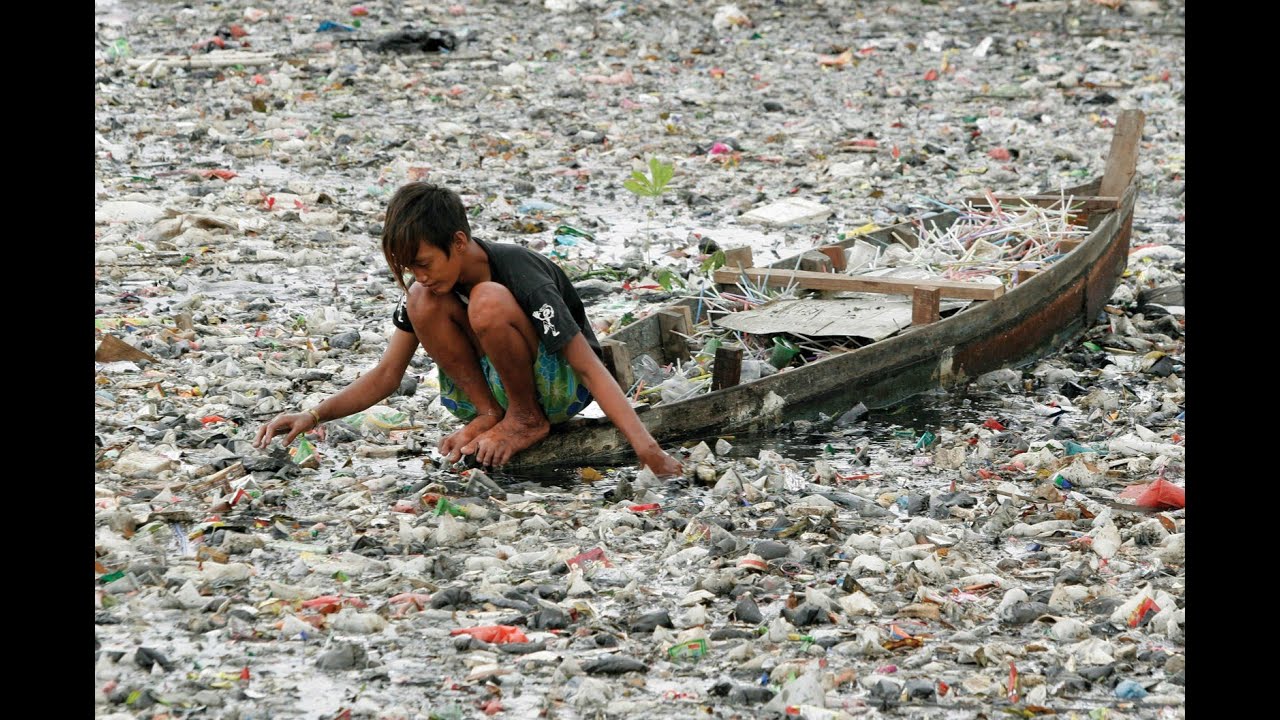
Episode 1/8 – The drops of Damià Barceló – Emerging Contaminants | We Are Water
How and with what resources do we pollute
We turn into active polluters when out of ignorance we throw expired medicines (it is estimated that in Madrid, for instance, 4.7 kg of medicines are thrown away daily), wet wipes, small plastic wrappings, condoms, cotton buds and many other products into the WC, affecting the functioning of the treatment plants negatively, as the technology to eliminate them on a massive scale is not available right now. This type of active pollution can be avoided completely, we just have to stop it: we can return expired medicines to pharmacies, or use recycling bags for solid waste, or simply remember that the WC is not the rubbish bin.
However, in general, citizens cannot be considered generators of emerging pollutants, they are rather transporters. And this pollution is practically impossible to avoid: it is inherent to our standard of living and our lifestyle, as the pollutants are in the products we consume.
To get an idea of how we coexist intimately with these substances we will follow one day in the life of an average family in a city. We can start with the remains of medicines that our bodies have not assimilated and that we excrete in urine. These are some of the current ones found in the water of our rivers and seas and the effects we know they have on our environment:
- Anti-inflammatories and painkillers, such as ibuprofen and diclofenac, which have experienced an incredible increase in the last few years. They are affecting the health of many species of fish and algae.
- Antidepressants, other booming substances, such as diazepam. It has been confirmed that they affect the development of certain amphibians, such as frogs.
- Remains of contraceptives such as estrogens (female sexual hormone) are also plentiful. Their effect on the feminization of fish is being studied.
- The antibiotics such as amoxicillin and sulfamethoxazole. They can cause allergic reactions and other dysfunctions.
- Regulators of cholesterol, such as bezafibrate, which are frequent drugs in the population over 40. They affect the metabolism of fish.
How many families are there in our cities that do not pour some of these substances into the WC at least once every month? Very few, in view of the information on pharmaceutical consumption we have.
But the list goes beyond medication. Our morning hygiene pours a large number of pollutants down the drain:
- To brush your teeth and to rinse your mouth with a mouth wash also pours harmful substances into the water, such as triclosan.
- Titanium dioxide is often used as a whitener in cosmetic and sun protection creams. This component is also present in toothpastes that promise dazzling smiles. In this case we can find nanoparticles, which are materials in sizes from one to one hundred nanometres (one nanometre is one millionth part of one millimetre) that have made up a new type of emerging pollutant whose harmful effects are still unknown.
But the bathroom is not the only domestic source of pollution. All around our house we can find perfluorinated compounds that cover many pans, fabrics, rugs or food containers that we keep immersing in water.
When we do the laundry, apart from detergents and softeners that we sometimes use in excess, another nanomaterial sneaks in that we are barely aware of: the silver particles present in some garments such as socks to avoid unpleasant odours. Ionic silver destroys bacteria, fungi, viruses and protozoa, it is an ancient antimicrobial, but now it has appeared in alarming concentrations in water originating from washing machines.
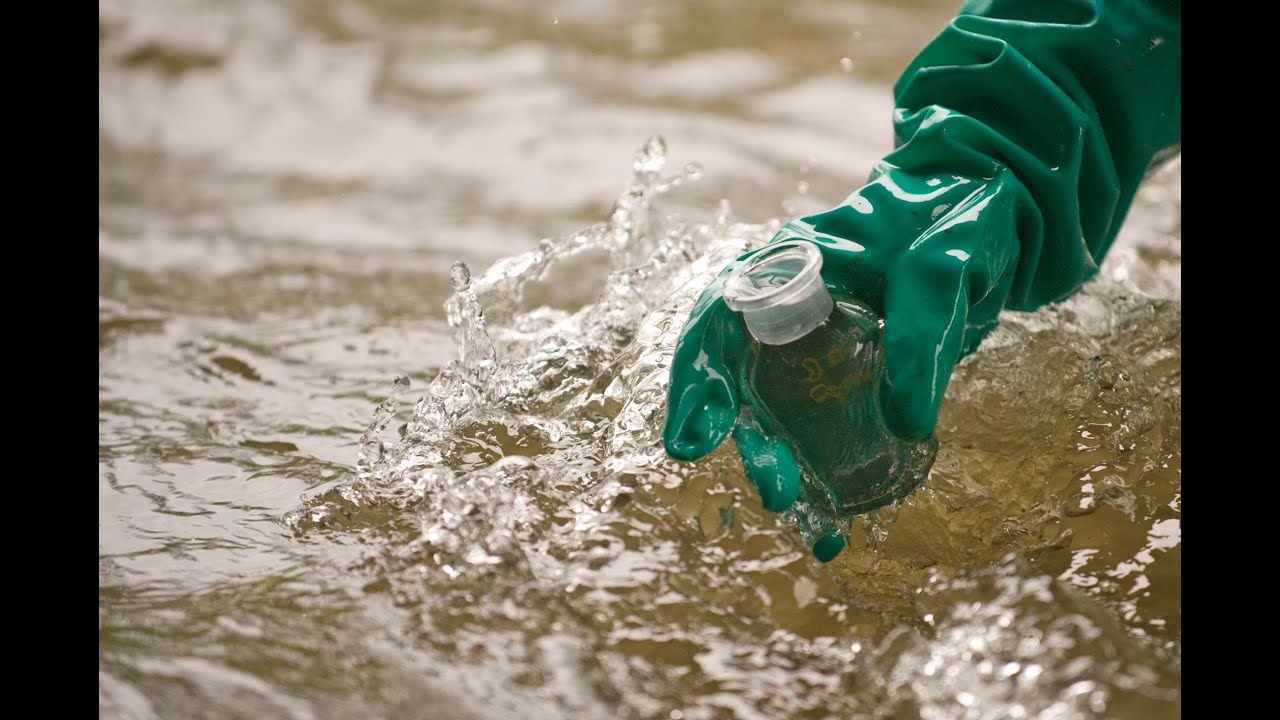
Episode 2/8 – The drops of Damià Barceló – Emerging Contaminants Detection | We Are Water
For the moment we do not purify them, we need to become aware and limit them
These pollutants do not only affect the environment, they have harmful effects for our health and it is rather worrying to find them in water. The water treatment plants do not have the technology right now to eliminate them.
As Barceló has pointed out “a water treatment plant that could eliminate the pollutants completely is much more expensive. It would need to have tertiary treatments, nanofilters, systems that are much more complex.” And here we face a governance issue: as the emerging pollutants are not legislated, the Administrations do not confront the high cost derived from the adaptation of the water treatment plants, which would finally have an impact on the water bill, an unpopular measure that nonetheless seems inevitable if we wish the water to have the best quality possible.
Barceló points out the important role played by science in the discovery of new pollutants of water and in the study of their harmful effects: “For the moment what we are doing as scientists is to research. There are thousands of emerging pollutants. The tracking of different groups of pollutants is carried out depending on what we wish to study or evaluate in each case. It is a very open and complex issue that requires very costly labs, as we need to use expensive techniques, such as mass spectrometry, with equipment that costs between two hundred and three hundred thousand euros.”
As citizens, we face a very similar paradox to the ones found in the complex world of the environment: the more we clean in our houses, in our cities, the more we consume and the more waste we create; the cleaner and more hygienic we are in our personal life, the more harmful products we scatter in nature; the more medicines we take, the more we can potentially affect the life of other living beings on which our ecological balance depends.
This issue is complicated, we cannot reverse many of our consumption habits, some of them essential to have a good living standard, but we need to become aware and take the responsibility of looking after the precious sanitation that allows us to live as we do. Let us take the right dose of medicines, let us stop treating ourselves (which is also dangerous for our health) and let us use the right dose of creams, soaps, toothpastes and a long list of products that we sometimes take in excess. It is right to remember that nearly 2.5 billion people around the world lack a suitable sanitation, a service defined by United Nations as a human right. Those of us who have it, let´s look after it!
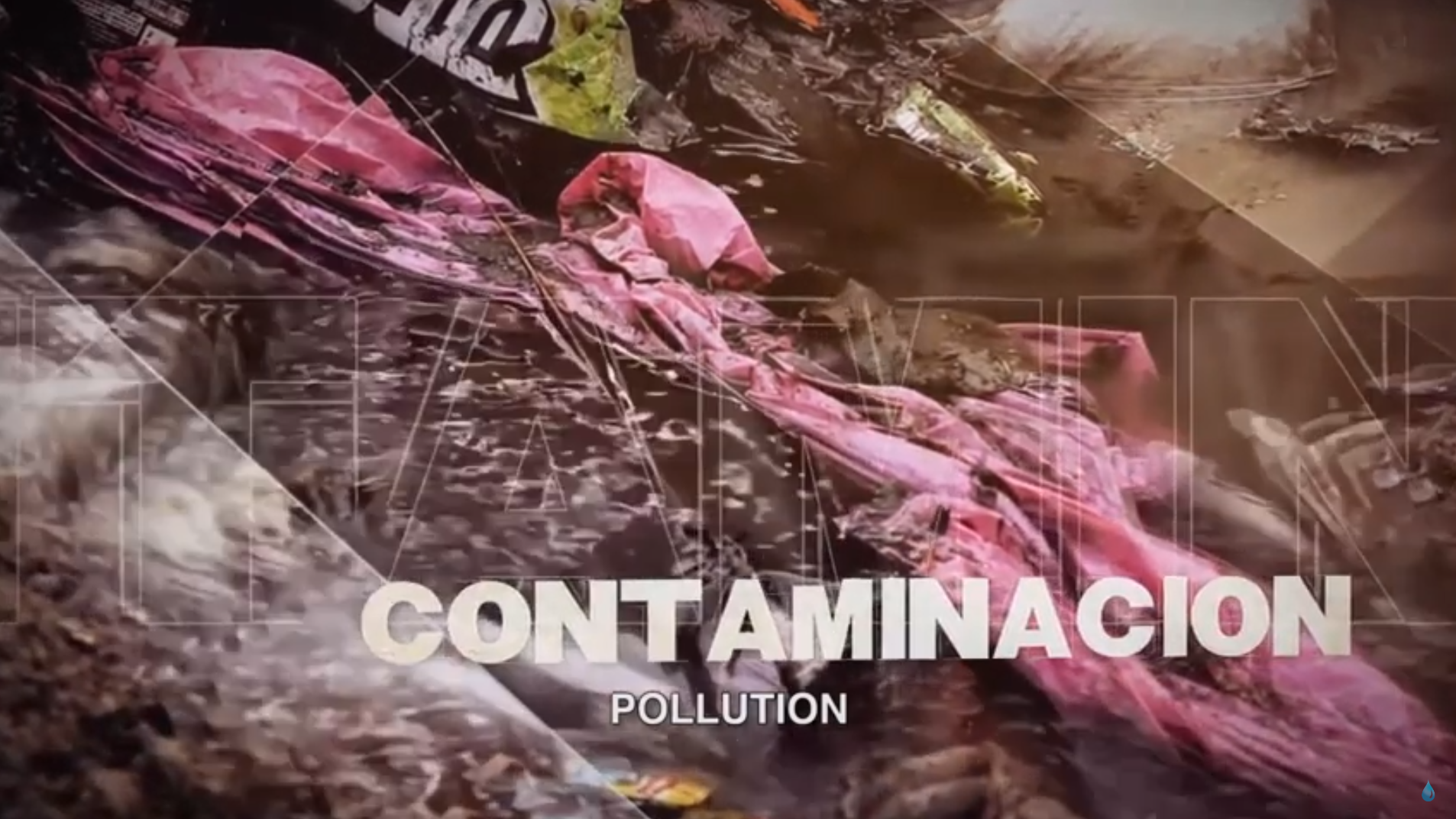
Episode 3/8 – The drops of Damià Barceló – Emerging Contaminants: Household Polution | We Are Water


